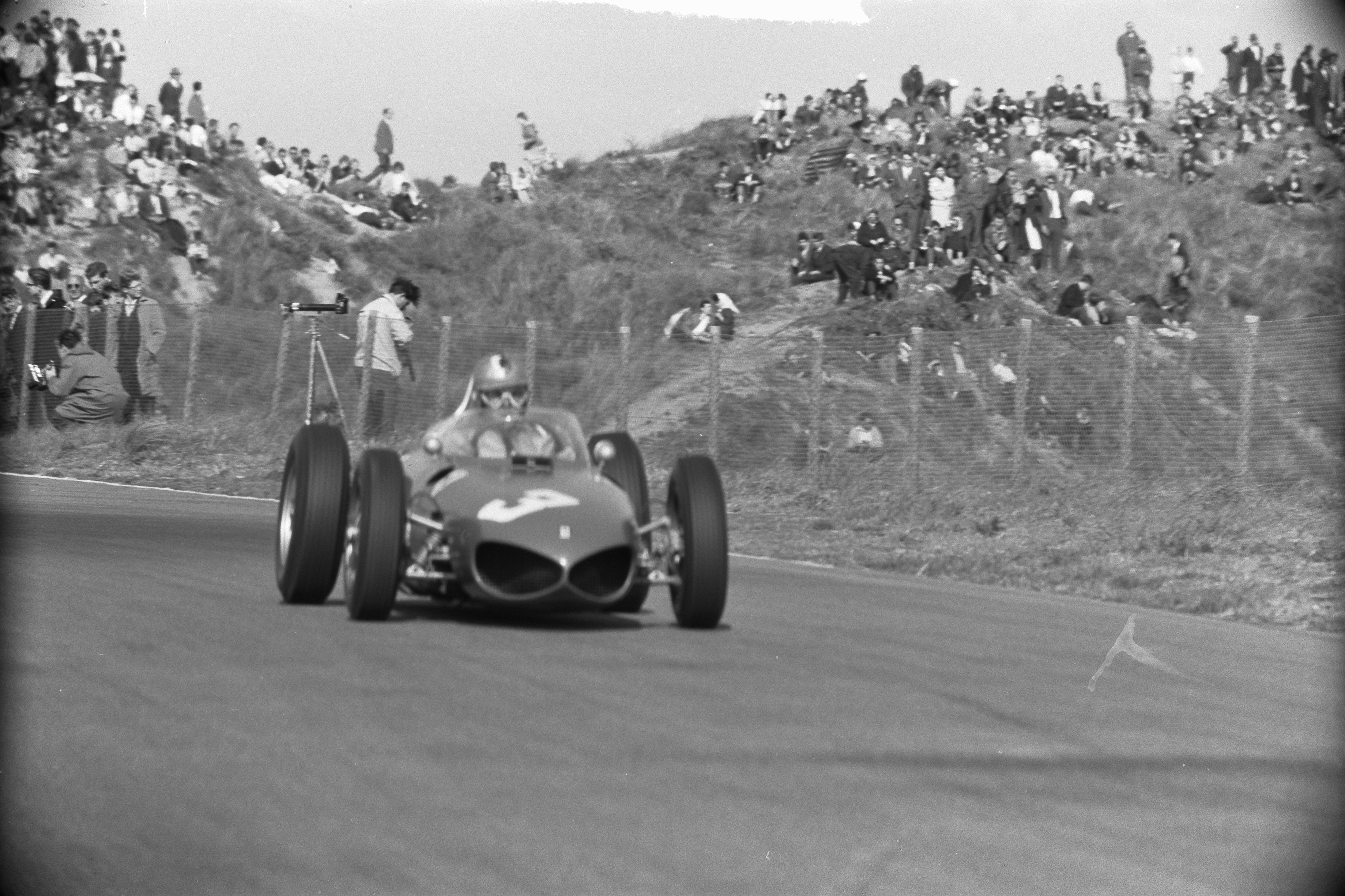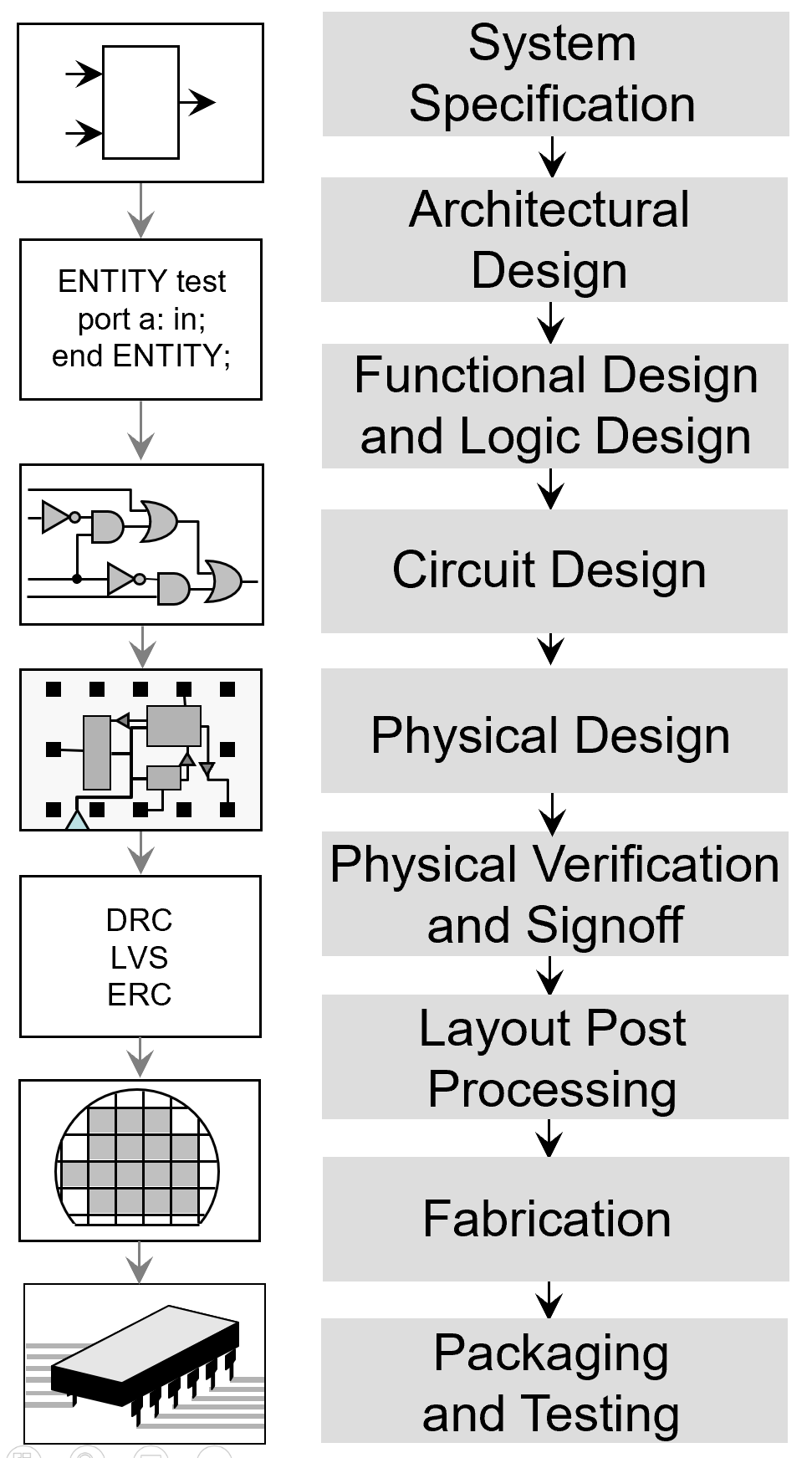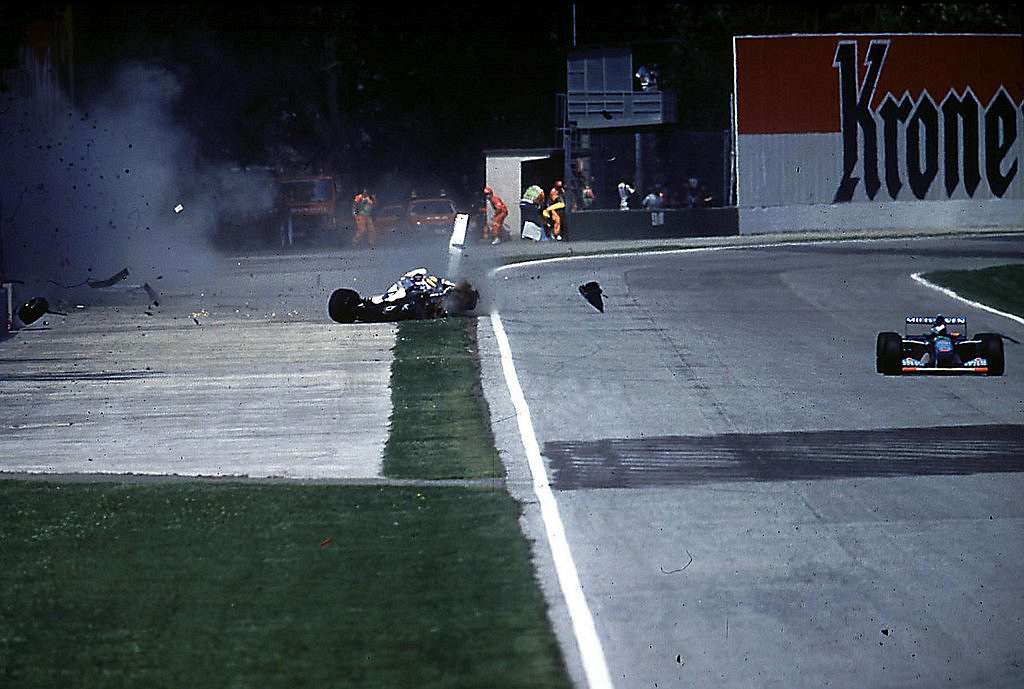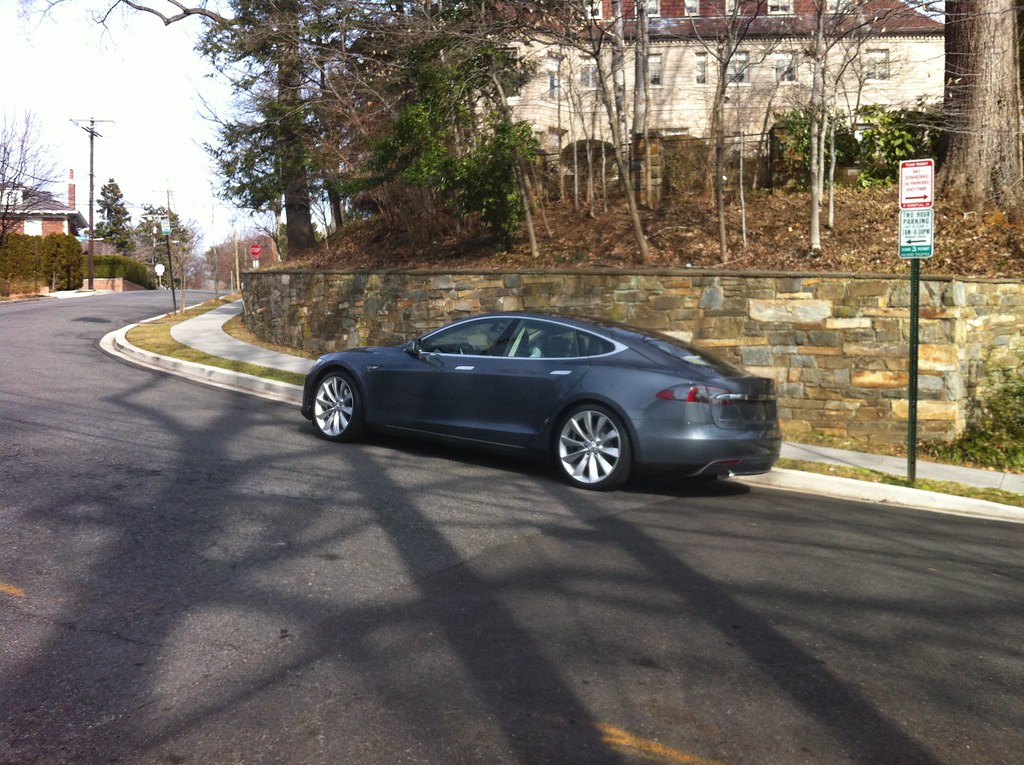Formula 1 is an exhilarating sport, showcasing speed, precision, and fierce competition, yet lurking beneath the excitement is a sobering reality: danger is always present on the track. Despite the substantial advancements in safety measures over the years, the haunting memory of fatal accidents continues to cast a shadow over this thrilling world, reminding fans and drivers alike of the inherent risks that accompany the pursuit of glory.

1. **Ayrton Senna (1994)**: Few tragedies in motorsport history resonate as deeply as the heartbreaking loss of Ayrton Senna during the 1994 San Marino Grand Prix. Recognized as one of the sport’s greatest talents, Senna’s catastrophic crash into a concrete wall at 145 mph served as a grim awakening for Formula 1, ushering in a critical reassessment of safety protocols that would forever change the sport’s landscape.

2. **Roland Ratzenberger (1994)**: The same fateful weekend that took Senna’s life also marked the tragic end for Roland Ratzenberger, who perished during a qualifying session, making it the first fatality since 1982. His devastating crash, occurring merely a day before Senna’s, underscored the urgent necessity for enhanced safety measures, prompting a reevaluation of driver protection in the sport.

3. **Gilles Villeneuve (1982)**: Gilles Villeneuve’s untimely death during qualifying for the 1982 Belgian Grand Prix was shocking. This Canadian driver, revered for his unparalleled talent and daring moves, lost control and crashed into another car, sending him flying into the catch fencing. His passing left a gaping hole in the racing community, as fans mourned the loss of a true racing legend.

4. **Ronnie Peterson (1978)**: The start of the 1978 Italian Grand Prix became a nightmare when Ronnie Peterson was caught in a multi-car pile-up. His car burst into flames, and despite immediate rescue efforts, Peterson succumbed to his injuries the following day, leaving behind a legacy of remarkable talent cut short too soon.

5. **Elio de Angelis (1986)**: Elio de Angelis suffered a devastating crash during a testing session at the Paul Ricard circuit in France. A mechanical failure caused his car to crash into a barrier at high speed. His death was a poignant reminder that danger was not limited to race days; testing days also posed perilous risks.
6. **Jules Bianchi (2015)**: The most recent tragedy on this list, Jules Bianchi’s death came nine months after sustaining critical injuries during the 2014 Japanese Grand Prix. The French driver collided with a recovery vehicle, a dire incident that underlined the ongoing dangers of motorsport, even amidst the advanced safety measures now in place.

7. **Wolfgang von Trips (1961)**: The 1961 Italian Grand Prix saw the devastating crash of Wolfgang von Trips. His Ferrari collided with Jim Clark’s Lotus, launching his car into the crowd and killing both the driver and 15 spectators. This incident remains one of the deadliest in the sport’s history, raising immediate concerns about spectator safety.

8. **Robert Kubica (2007)**: While not every crash results in tragedy, Robert Kubica’s harrowing incident at the 2007 Canadian Grand Prix serves as a stark reminder of the ever-present dangers in Formula 1. At a staggering speed of over 186 mph, his vehicle collided with a wall, but he miraculously emerged with only minor injuries, showcasing the significant strides made in automotive safety technology.

9. **Derek Daly (1980)**: The Monaco Grand Prix is infamous for its tight, challenging circuit, and in 1980, Derek Daly experienced a harrowing crash after colliding with another car, sending him into a chaotic scene. Remarkably, he walked away unharmed, highlighting not only his driving skill but also the ongoing improvements in safety technology that protect drivers during such perilous situations.

10. **Niki Lauda (1976)**: Lauda’s harrowing crash at the Nurburgring during the German Grand Prix is etched in the annals of Formula 1 history. His Ferrari burst into flames, and he was trapped inside, suffering severe burns and smoke inhalation. Remarkably, Lauda made a comeback just six weeks later, emphasizing his indomitable spirit and the importance of safety advancements.

These incidents form a grim chapter in the story of Formula 1, but they also propelled the sport toward dramatic improvements in safety. Each tragedy has sparked discussions and reforms that continue to shape how the sport evolves. With each passing year, the hope remains that those who race will do so with an ever-decreasing risk, honoring those who came before them with their bravery and passion. In remembering these drivers, we acknowledge both their contributions to the sport and the inherent risks they faced along the way.

11. **The Legacy of Ayrton Senna**: Ayrton Senna’s legacy resonates deeply within the world of Formula 1, extending far beyond his remarkable driving skills. His tragic death in 1994 prompted significant reforms in safety protocols, resulting in the implementation of advanced safety measures that have undoubtedly saved lives since. The FIA introduced stricter regulations regarding car construction, circuit safety, and driver equipment, ensuring that the legacy of this legendary driver endures through the lives of those who continue to race.

12. **Improved Medical Response**: The heartbreaking accidents of the past have highlighted the critical need for a robust medical response at racetracks. Nowadays, Formula 1 employs rapid response teams equipped with advanced medical technology and highly trained personnel to offer immediate care during emergencies, and the presence of medical helicopters on-site ensures that drivers receive top-notch care, reflecting the sport’s unwavering commitment to safety.

13. **Circuit Design Evolution**: The design of racing circuits has undergone significant transformation due to the tragic events in Formula 1’s history, with modern tracks now being constructed with driver safety as a primary concern. These circuits feature runoff areas, impact-absorbing barriers, and enhanced visibility, all aimed at minimizing the risk of accidents and fostering a safer environment for drivers to compete.

14. **The Role of the FIA**: The Fédération Internationale de l’Automobile (FIA) has been pivotal in enforcing safety measures in Formula 1. In the aftermath of each tragic incident, the FIA conducts thorough investigations to uncover the causes and formulate strategies to prevent similar occurrences, demonstrating their steadfast commitment to evolving safety standards and ensuring a safer sport for all competitors.

15. **Public Perception of Safety**: The perception of safety in Formula 1 has shifted dramatically over the years. While the sport has a storied history filled with tragedies, ongoing advancements in safety measures have led to an increased confidence among drivers and fans alike. The remarkable resilience of the sport lies in its ability to learn from past mistakes while celebrating the courage and skill of its athletes in the face of danger.

16. **The Future of Formula 1 Safety**: As we look ahead, the future of safety in Formula 1 appears encouraging, with ongoing investments in cutting-edge technology and research expected to lead to even more sophisticated safety measures. The sport’s dedication to safeguarding drivers and enhancing safety remains paramount, as new generations of racers step onto the track with a shared responsibility to honor the legacies of those who came before them.

17. **Honoring Those We Lost**: Ultimately, the stories of those lost in Formula 1 are a reminder of the sport’s inherent risks. By honoring their memory through ongoing safety innovations and reforms, the racing community acknowledges their contributions and the sacrifices made in the name of speed and competition. The journey continues, with the hope that the lessons learned pave the way for a safer future in motorsport, allowing new generations to chase their dreams on the track with reduced risks.

The legacy of these drivers, their remarkable stories, and the tragedies they endured serve as a continual driving force behind the relentless pursuit of improved safety measures in the ever-evolving world of Formula 1.
Related posts:
Tragic fatal accidents that haunt Formula 1 history
Top 15 Disasterous Formula One Car Crashes — aslanbey on Scorum
List of Formula One fatalities





